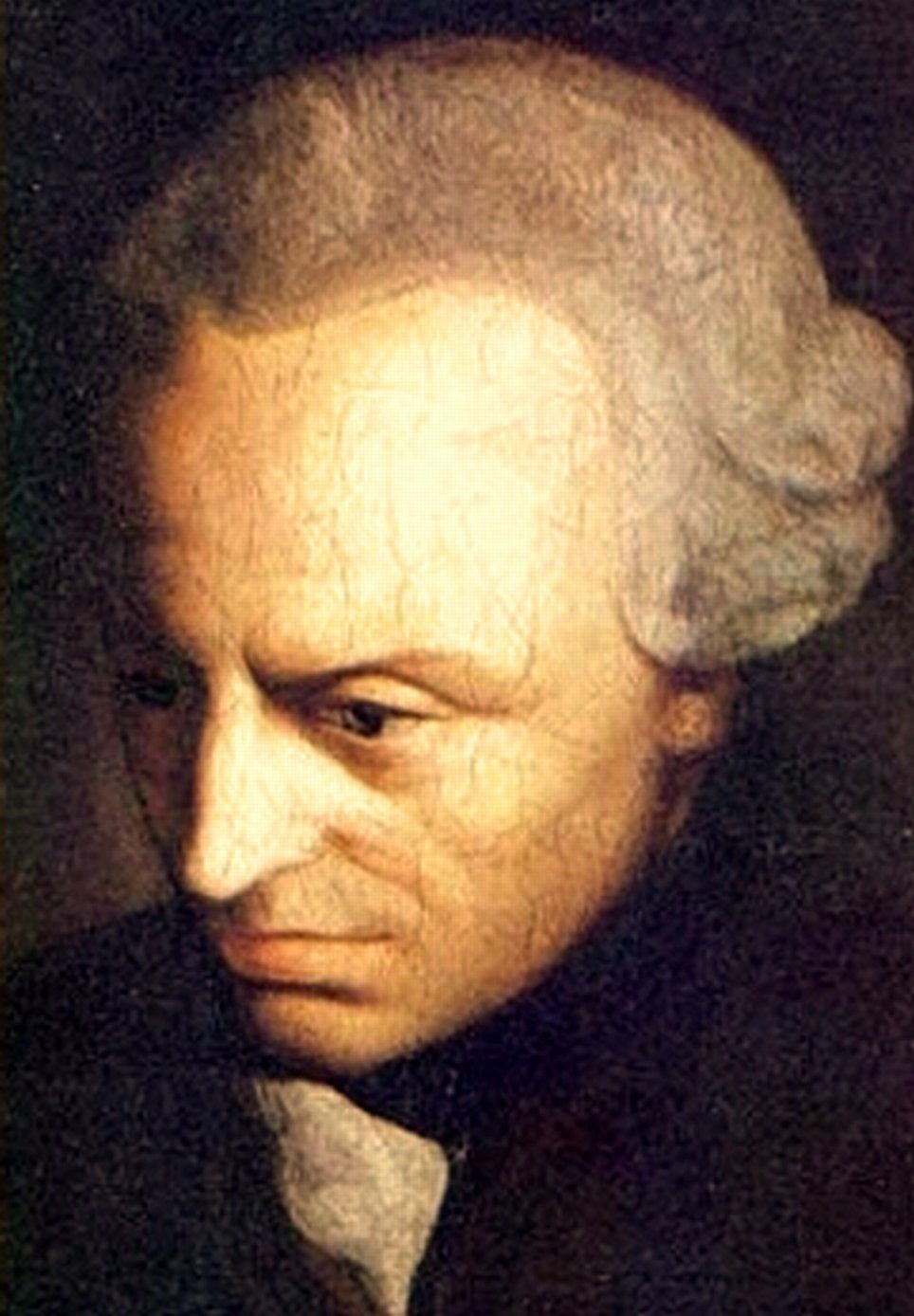 To Charles Augustus Strong
To Charles Augustus Strong
Ávila, Spain. August 16, 1891
Dear Strong,
. . . “In perception” you say “we have the certitude of a world beyond ourselves.” “What matter is, we know not . . . . for we perceive only the simulaera of things.” “But what mind is, we know.” “Reality which appears to us under the form of a material world.” In this last phrase you seem to admit that phenomena are material in form: the matter of which we are ignorant can only be a supposed metaphysical substratum, not the parts of the material world. Our knowledge of mind is just of this nature: we don’t know the “essential nature” of mind, if you believe there is any essence apart from appearance. We know parts of the psychical world, just as we know parts of the material world: both are phenomena we behold. I wonder at your assuming so boldly that there is a hidden reality of which physical phenomena are the symbols. It is possible, of course; but that is no reason for thinking it true. In perception we have no certitude of a world beyond ourselves, if you mean by ourselves the seat of phenomena. We see an extended world, with our bodies in the middle of it. We have the conception and (while this conception is unchecked) the belief that this extruded world exists eternally and independently. But experience teaches us that our conception of it is dependent on our senses and brain; i.e. that a certain constellation of physical phenomena is the condition of psychical phenomena. But all these discoveries are well within the apparent world—the physical world. For the material world is not a metaphysical object behind phenomena. It is the phenomenon itself. And mind, which you say we know directly, is nothing but the leavings and surplusage of the phenomenal object, those images (imagination and memory) which won’t go to make a permanent and orderly conception of nature, and are therefore relegated to the sphere of mere appearances—i.e. appearances that don’t count in life. The idea of mind is the counterpart of the idea of objective reality—this is a division which experience teaches us to make within the field of direct appearances. Our part is found to be valid for life and inter-communication—that is called the reality. Another part is found invalid and misleading—that is called the appearance, or the subjective world. But the stuff of both is exactly the same—sensations and conceptions—and in so far as they have a describable content at all, this content is spatial, so that all alike are ideas of matter. I should flatly deny that we know mind more directly than we know matter. What we have before us—what constitutes our vision—is a mass of ideas, all essentially spatial and material in form (with emotional qualities, to be sure, which, being useless as information, are all afterwards relegated to the subjective sphere.) By sifting and combining these ideas we gain conceptions of independent permanent things; and by contrast to these independent permanent things, we . . . call the fleeting and unclassified images appearances or mental facts. Of course, if you mean by mind not any definite sphere of reality—not the subject-matter of psychology—but the transcendental self—the seat of all these sensations, conceptions, and beliefs—in fact, the world itself as a phenomenon—of course all we know is mental, it is phenomenal, it is a vision and a dream. But this is an utterly futile and idle reflection. It leads no where. I have no surety or hint of anything except as it appears and suggests itself to me now. But the moment I focus my attention, and look about to see what sort of a world I am dreaming about, I find nothing but matter, matter, matter, and mind as its occasional product and accompaniment.
. . . . You invoke the authority of Kant, and in the same breath bring out evidence about the nature of things in themselves. To my mind, Kant’s great achievement is to show that we must dream our dream, that it is absurd to try to talk of any thing but the objects our faculties discover to us; and that the only relations between mind and matter we can make out at all, are the relations between various phenomena—between the empirical self and the objects in space and time. This relation, as you so clearly show, is being fast made out by experiment and study. It is a relation in which mind appears as the accompaniment of certain transformations of brain tissue; and that is all that is to be said about it.
Yours ever,
G Santayana
From The Letters of George Santayana: Book One, [1868]-1909. Cambridge, MA: The MIT Press, 2001.
Location of manuscript: Rockefeller Archive Center, Sleepy Hollow NY.
